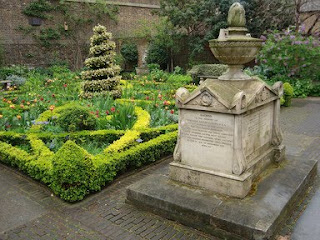The BAFTA award winning Royle Family is more Seinfeld than Seinfeld – it really is a show about nothing. And it’s a scream. All of the episodes take place in the Royle’s middle class Manchester home, usually in the shabby and hardly chic living room. As each episode opens, you’ll find Jim and Barbara on the sofa in front of the telly, Jim having lots of time for telly watching, as he’s on the dole. His wife, the scatter brained and chain smoking Barb occasionally works in a bakery. Speaking of smoking, the ashtray on the coffee table is almost a character in itself, as close shots of it appear regularly, showing it fill with the butts produced by Barb and her lazy, self indulgent daughter, Denise. Who is married to henpecked Dave. Poor Dave. Each night, Dave and Denise make an appearance at the Royle home, plopping themselves down on the couch in order to report to Barbara on what they had for tea. Or what Denise did that day (typically nothing). Details are exchanged as all eyes are glued to the telly in the Royle living room.
And then there’s the family’s teenaged son, Antony, who is by turns amused and disgusted by his kin and who is regularly dispatched either to the kitchen to make tea or to the store for “sweeties.” Next door neighbors, the Carrolls, occasionally drop by, or Barb will call Mary on the phone, prompting a tirade from Jim on the waste of using the phone when she could speak to her just as well through the window. But perhaps the best loved character is Barb’s mother, Norma, or Nana, as the Royle’s call her.
Episodes center on the mundane – Antony starting a band, Dave working as a DJ, Denise thinking that the never seen, but often maligned, Beverly has again been coming on to Dave, Nana’s cataract surgery, Denise’s pregnancy . . . I promise you, there’s not a bit of high drama or action to be found but somehow spending a half hour every now and then with the Royles manages to endear them to you, warts and all. And there are lot’s of warts. And farts and bad attitude and impatience and all the other foibles involved in family life. But through it all, even at their individual worst, the Royle’s become as dear and endearing as our very own family members.
There’s no laugh track and the show was shot on 16mm film, the resulting grain adding to the real life atmosphere. Not only that, but the show seems to take place in real time. The series ran from 1998 to 2000, with periodic holiday specials having been made thereafter. Loyal fans can’t get enough of the show and regularly write in to the powers that be urging them to bring the show back. The most recent special, ‘The Golden Eggcup’, was aired on 25 December 2009 at 9pm on BBC One and was the most watched show on TV on Christmas Day and for the entire week ending December 26, 2009, attracting an audience of 11.74 million viewers to become the highest rated episode of The Royle Family ever.
You can watch clips from episodes here, here and here. This last link will bring you to the Royle Family YouTube page, where you can watch to your heart’s content – pass the fags and someone put the kettle on!
P.S. Actress Sue Johnston received an OBE from Queen Elizabeth in 2009 – could Her Majesty be a fan of The Royle Family?!

























